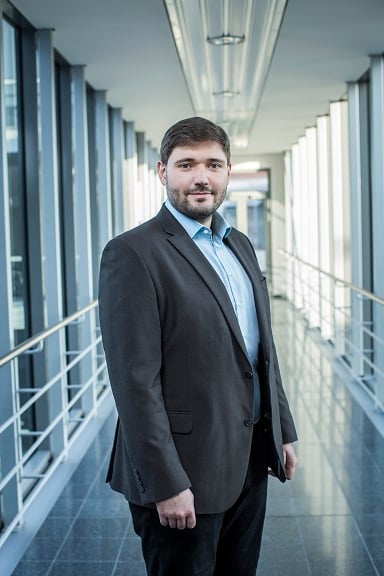O-212 Slow Heating Test Thermal Equilibrium and Maximum ReactionTemperature
October 2019
Ernest L. Baker, David Hubble STANAG 4382 Slow Heating, Munitions Test Procedures has been reviewed and updated by the AC/326 SG/B Slow Heating Custodial Working Group. As part of this process, questions arose as to guidance for thermal soaking and maximum testing temperature. MSIAC completed analytic thermal equilibrium calculations and NSWCDD completed finite difference thermal equilibrium calculations in order to help provide guidance for appropriate soak times. The analytic and finite difference calculations were in good agreement, providing significant confidence in both sets of calculations. Initially, bounding analytic thermal soak calculations were conducted using one-term approximation solutions for the time required for a cylinder to reach 48⁰C and 45⁰C using a 50⁰C heat soak. Further one-term approximation solutions for the time required for a range of Comp B cylinders to reach 45⁰C using a 50⁰C heat soak were subsequently conducted. NSWCDD performed 1-D finite difference calculations for a variety of packaged and unpackaged munitions. The results were compared to required soak time tables and formulas contained in the STANAG 4224 Edition 4 (superseded). The results show that the table and formulas in STANAG 4224 match the most conservative maximum time calculations until about 100 mm diameter and then change slope to essentially suggest a one day soak at 203mm. Above 203mm diameter, the formula trend matches fairly well with the nominal times required to reach a 48⁰C or 45⁰C center temperature. For items with a diameter greater than about ½ meter, the required soak times become quite long (2 days and longer). A 50⁰C heat soak duration formula was developed based around the idea that it should provide a conservative heat soak time based on a 45⁰C centerline temperature. The resulting preconditioning formula has been incorporated into the new AOP-4382. Finally, MSIAC addressed the issue of maximum testing temperature by conducting a review of maximum experimental reaction temperatures using the MSIAC AIMS database. The review of 29 slow heating test results, which included reaction temperature, indicated that the highest known reaction temperature occurred with the PAC-3 rocket motor where the first reaction was at 260°C at 27.8°C/hr. As the reaction temperature is the oven temperature, it is not surprising that very large items with lower thermal kinetics energetics have higher reaction temperatures.



